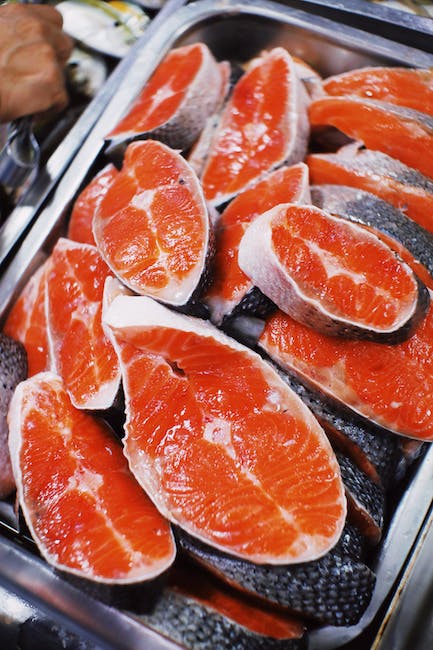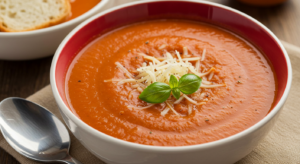
What Does Caviar Taste Like: A Culinary Delight
Caviar, often referred to as “fish eggs”, is a luxurious delicacy that holds a prestigious position in the gourmet world. If you are perplexed by the question, “what does caviar taste like”, it’s a fusion of unique flavors that you should definitely try. The overall taste profile is salty and fishy but complemented by various nuances depending on the type of fish and its origin.
The basic taste of caviar is a reminder of the sea, with a rich, salty flavor that varies slightly from one type to another. The salty and fishy taste can be compared to quality sushi or a fresh oyster, but with a unique complexity imparting a type of buttery flavor in the aftertaste. The flavors are robust, rich, and leave a lingering taste in your palate.
Experiencing Various Types of Fish Eggs
To fully appreciate caviar, it’s crucial to understand that it’s not just any sort of fish eggs. It comes from a specific type of fish: the sturgeon. Sturgeon roe is what is traditionally referred to as true caviar. The three types of sturgeon that produce high quality caviar are Beluga, Osetra, and Sevruga.
Beluga caviar, derived from beluga sturgeon, boasts large egg grains with a mild, buttery flavor that stands out in the world of caviar. The other two types, osetra and sevruga, also have their unique taste profiles. Osetra caviar is known for its nutty taste while Sevruga caviar is recognized for its intense flavor.

Unfertilized Eggs: The distinguishing feature of True Caviar
True caviar refers to the unfertilized eggs or roe from sturgeon, differing from other fish roes. Be it beluga, osetra, or sevruga, each variety uses unfertilized eggs. This fact makes them unique and contributes significantly to their flavor profiles, distinguishing them from the roes of other fish.
When you taste true caviar, you experience a burst of flavors that’s unlike anything else. Its taste is complex and can range from buttery to briny with a touch of sweetness in some varieties. It’s an amalgamation of flavors that stays long after you have indulged.
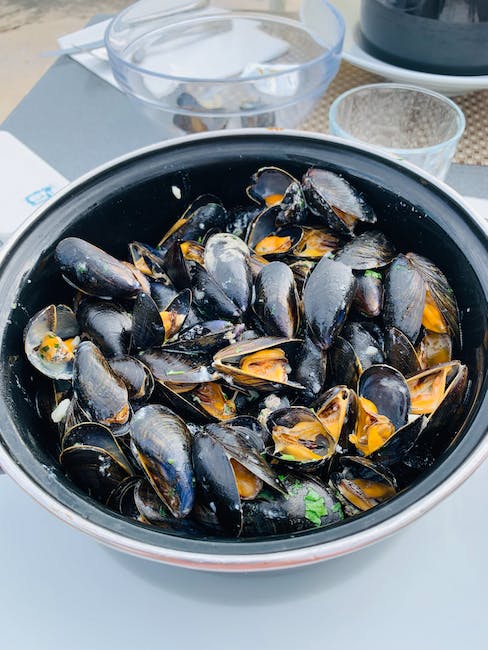
Iran’s High-Quality Caviar: The Iranian Beluga
The finest and most prestigious caviar in the world comes from the Iranian beluga sturgeon. The Iranian beluga is famous for creating the best high quality caviar and has made a significant reputation for itself globally.
Iranian beluga caviar is a favorite among caviar connoisseurs due to its large, creamy eggs which deliver a burst of unparalleled flavor. This caviar is the epitome of indulgence, marking its place as the most expensive caviar in the world.
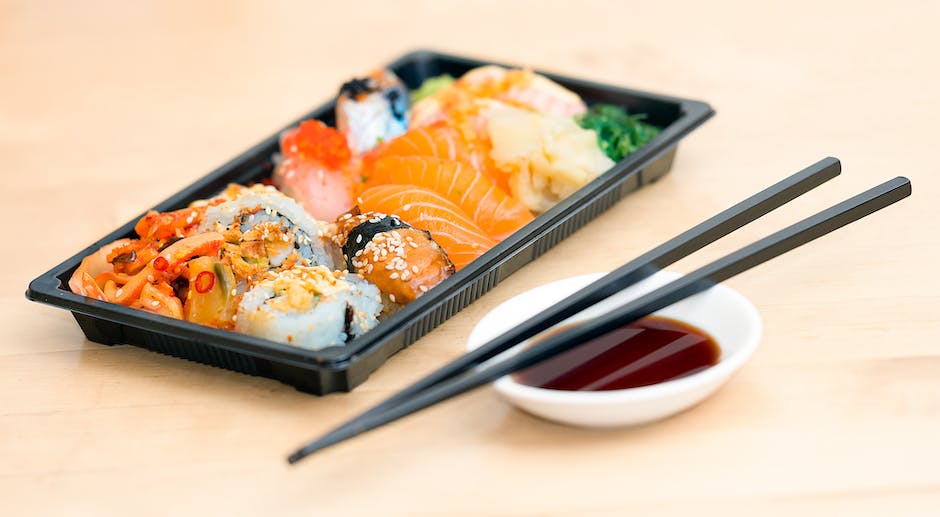
Basking in the Richness of Beluga Caviar
Beluga caviar stands distinct with its smooth, buttery flavor mixed with a hint of the ocean. It’s these unique characteristics that make it probably the most sought-after caviar globally. Beluga, the king of caviars, is the largest in size and hence savored by many.
Its slightly sweet, creamy flavor and large, firm beads are what make Beluga caviar a standout. However, it’s essential to note that its unique taste is not overpowering but imparts a subtle, delicate flavor.
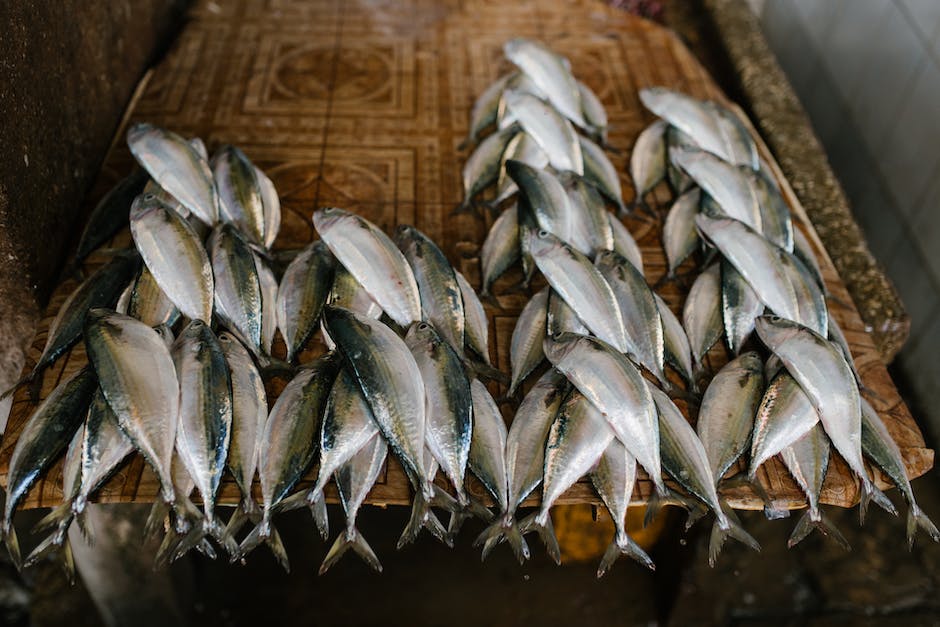
Deciphering Different Types of Caviar
In the world of caviar, various types of caviar create a fascinating assortment to experience. Consequently, by trying out different grades, you could unravel unique nuances within each type. From the famous beluga to the sevruga and osetra, each imparts a distinctive taste.
Osetra caviar, also known as “the golden caviar,” has a unique nutty, fruity flavor. On the other hand, sevruga caviar is famous for its intense, salty taste. Each type provides an interesting culinary journey for caviar lovers.
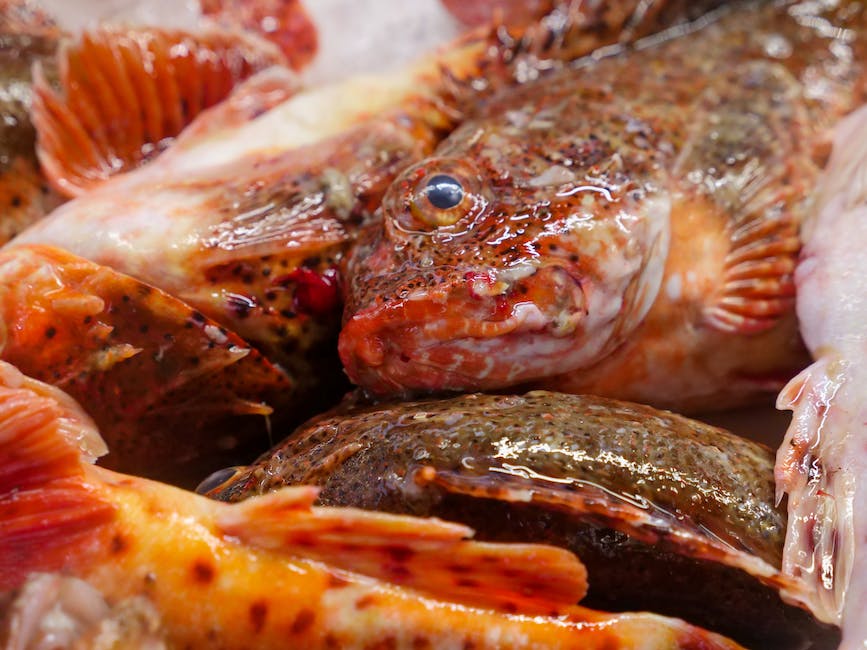
Enjoying Caviar: A Guide
A simple approach to truly enjoying caviar begins with learning how to taste it. Firstly, it’s essential not to chew the eggs immediately; instead, roll them on the tongue and let the flavors burst and and blend.
Eating caviar is not just about the eggs; it also includes accompaniments that can enhance the taste experience. Traditional accompaniments include blinis (mini pancakes) and crème fraîche. However, caviar can also be enjoyed on its own, allowing the delicate flavors to shine.

Frequently Asked Questions
1. Is all caviar considered high quality caviar?
Not all caviar is high-quality caviar. True caviar, originating from sturgeon roe, is regarded as high quality.
2. What’s special about Sevruga caviar?
Sevruga caviar is known for its smaller size, more intense flavor, and saltier taste compared to other caviar types.
3. Why is Iranian Beluga considered the best in the world?
Iranian Beluga, considered the most superior caviar in the world, is cherished for its large, creamy grains which deliver exceptional and unrivaled flavor.
4. How is the taste experience while eating caviar?
Eating caviar unfolds an array of complex flavors, from buttery to briny. Its taste is unique, robust, and leaves a lingering flavor in the mouth.
5. What type of fish is used for making caviar?
Caviar comes from a specific type of fish known as the sturgeon. These include the Beluga, Osetra, and Sevruga sturgeons.
6. What’s so unique about Beluga caviar?
Beluga caviar is celebrated for its large grain size, mild, buttery flavor, and a hint of the sea, making it a favorite amongst caviar lovers.
7. What’s considered as true caviar?
Caviar from sturgeons, including the beluga, osetra, and sevruga, are the unfertilized eggs which are highly praised as true caviar.
8. Can all fish eggs be considered as caviar?
No, not all fish eggs can be called caviar. Only the unfertilized eggs from sturgeon fish are classified as true caviar.
9. How can you truly enjoy eating caviar?
You can enhance your experience of enjoying caviar by pairing it with suitable accompaniments, such as blinis or crème fraîche.
10. Are there different types of caviar?
Yes, there are various types of caviar, including beluga, osetra, and sevruga, each with unique flavors and characteristics.

